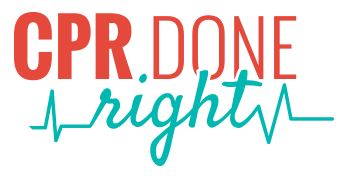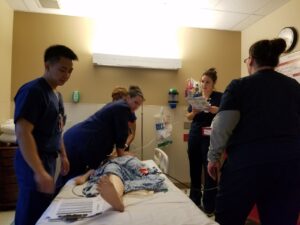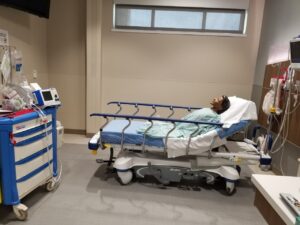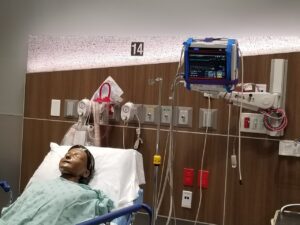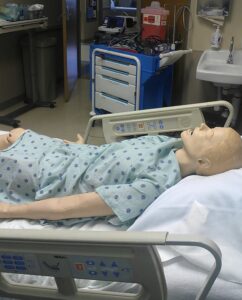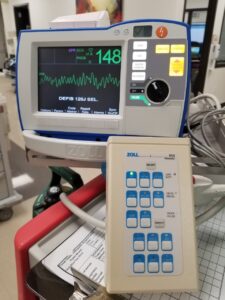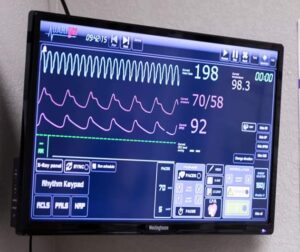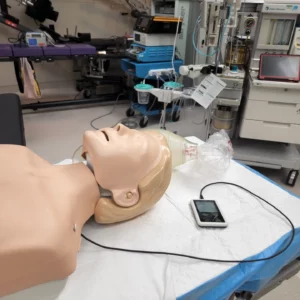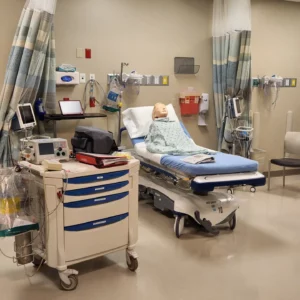We specialize in offering onsite Mock Code Blue and Malignant Hyperthermia Drills
Mock Code Blue Drills
Our Mock Code Blue drills can be adjusted for your type of facility. Below is an example of what is included for our most advanced centers - Surgery Centers.
Baseline Training Includes:
- Review of the new 2020 AHA guidelines.
- Review of the facilities defibrillator (AED mode, Manual mode, pacing, and cardioversion).
- Hands on practice with facilities defibrillator depending on brand of defib.
- Review of facilities crash cart.
- Review of airway techniques and airway devices.
- Review of proper BLS skills and priority tasks depending on how much help is available.
- 2 Mock code scenarios/group.
- Mock Code critique to provide feedback on team performance and opportunities for improvement.
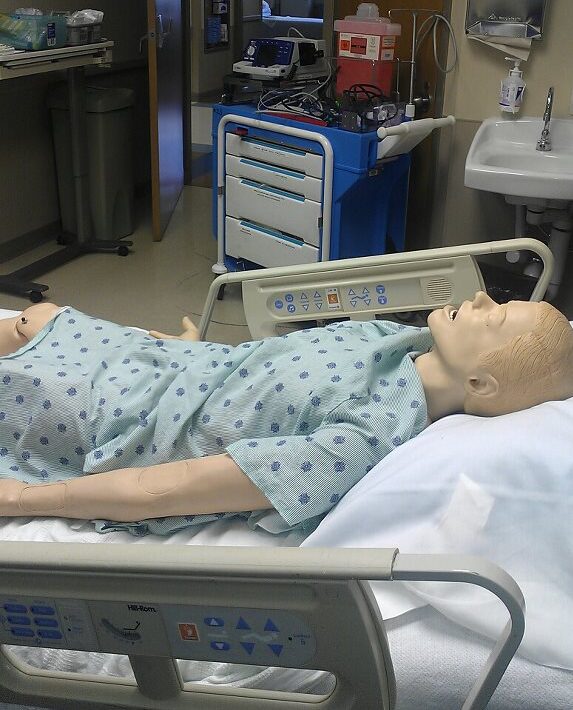
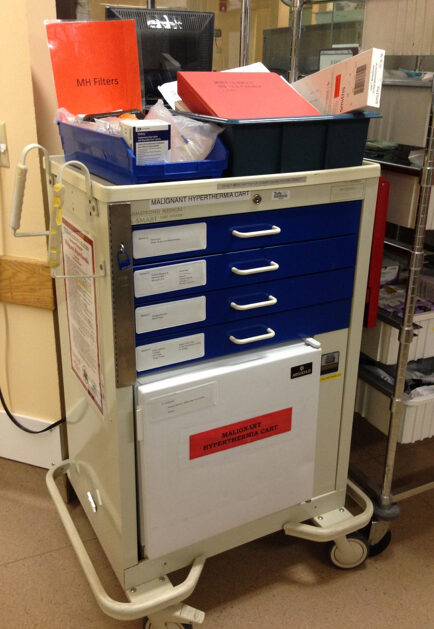
Malignant Hyperthermia Drills
CPR Done Right's Malignant Hyperthermia (MH) Drills include reviews of MH Cart, your staff's roles and responsibilities and two real-time drills.
Baseline Training Includes:
- Hand out and reviewing the following:
- Patho
- Triggering Agents
- Signs/Symptoms
- What to do if you suspect MH
- What are the complications
- How to treat the patient (Dantrolene, Cooling, Complications)
- How to mix and administer Dantrolene
- Review of your MH Cart
- Roles/responsibilities
- 2 MH drills/group
- Mock Code critique to provide feedback on team performance.
Why Pick CPR Done Right?
Not only do we use leading-edge simulation technology, but our educators are highly experienced.
Experienced Mock Code Educator:
- 12 years’ running Mock Code programs
- Performed over a 100 Mock simulations in various medical settings
- 17 years’ nursing experience
- 12 years’ as an AHA Instructor
- 6 years’ as a Critical Care Educator
- 4 years’ as a bedside nurse in ICU
- 3.5 years’ as a bedside nurse in PACU
